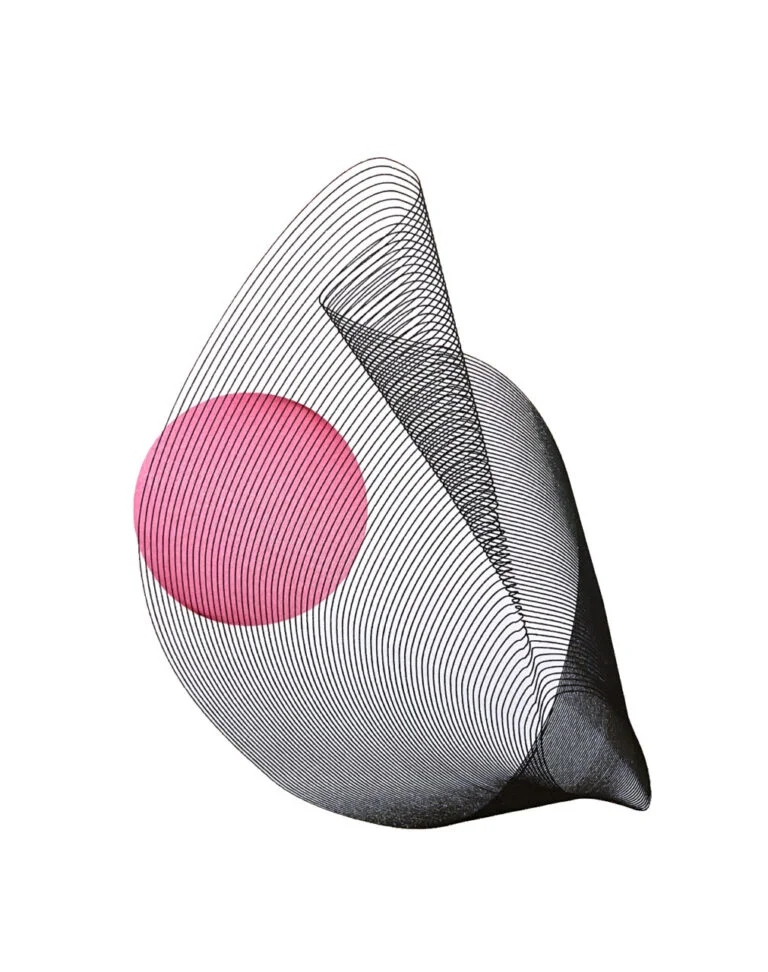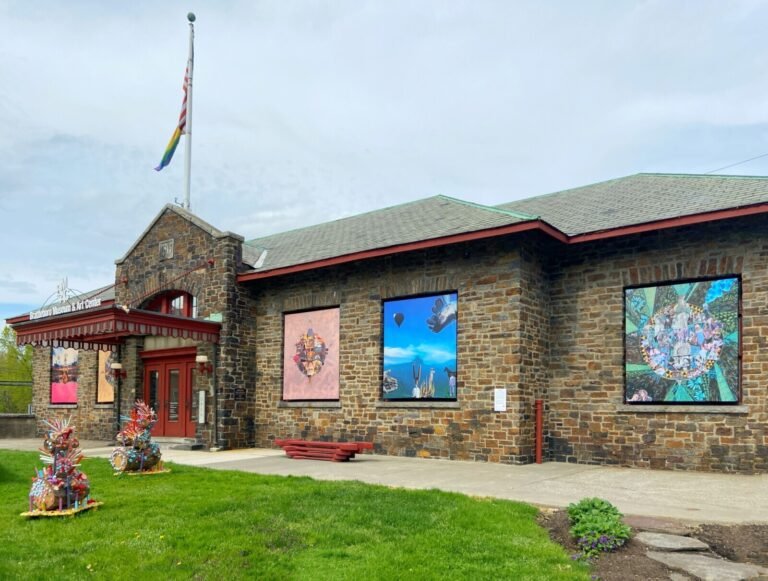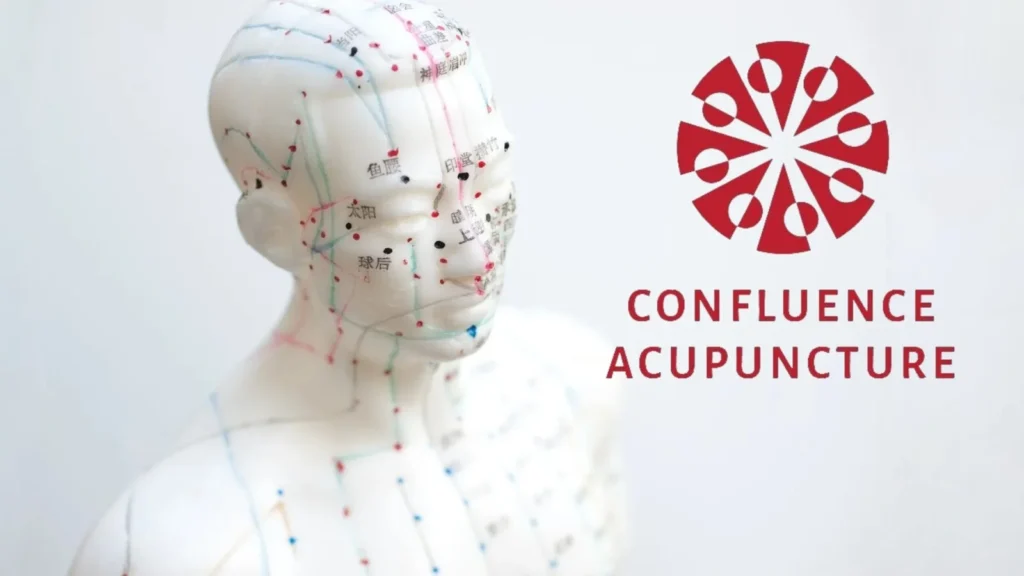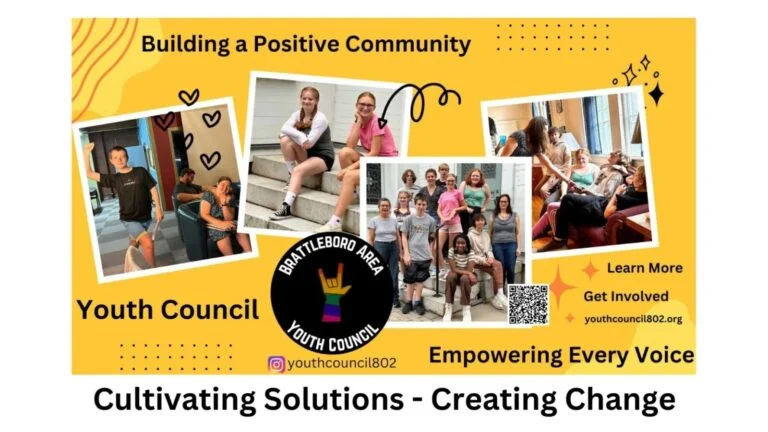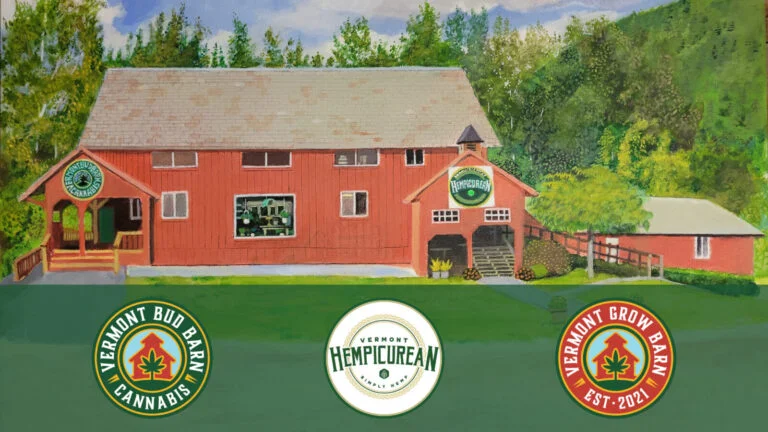Michael Smoot, And To This World’s work explores ideas of interconnectedness and probes the systems and structures we have put in place to fulfill our needs. We are individuals, but we exist as part of a much greater whole. We depend on each other for the most basic needs, like food and shelter, but also for less tangible things, such as community and shared meaning. Through invention, ingenuity, and collaboration, we have created systems and technologies that have enabled us to communicate, travel, and connect more easily than ever before.
Smoot uses a variety of traditional printmaking techniques, such as lithography, pochoir (a hand-stenciling process), and relief printing, in combination with contemporary digital tools, to create forms that evoke evolution, geological shifts, and other biological and chemical processes. The resulting images are delicate and haunting and imply the steady march of time, incremental change, and the accumulation and layering of relationships and experiences.
As we continue to grapple with our impacts both on each other and on our planet, it can be hard to feel hope for the future. Smoot’s work reminds us of the possibilities that are inherent in our human capacity for change. His belief in printmaking’s potential for collaborative effort and collective creative action lends the works an underlying sense of optimism in the face of seemingly grim prospects.
— Sarah Freeman, curator
Michael Smoot
My work explores our conceptions of the material world and their relationship to our embodied existence. I utilize traditional printmaking techniques in combination with digital technologies. This current body of work contemplates biogeochemical phenomena as a framework for generating psychological resilience in the face of ecosocial convulsions. Inspired by concepts from chemistry, physics, biology, geology, economics, anthropology, and sociology, I am interested in the connection between our models of the physical world and their potential to serve as a meditative tool while we are confronted with ecological, political, and cultural calamities.
— Michael Smoot
